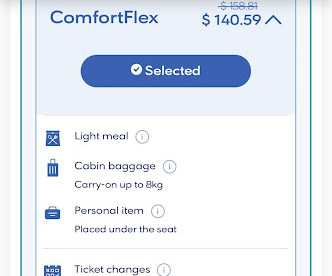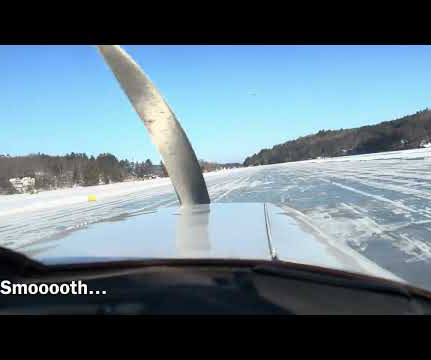Wingtip Vortices and Wake Turbulence
Pilot Institute
MARCH 28, 2025
Pilots can find out the prevailing winds aloft such as from the NOAA Aviation Weather Center and predict the vortices direction and rate of drift behind the preceding aircrafts flight path. As at higher altitudes, the vortex movement near the ground is affected by crosswinds. The vortex, as a whole, drifts along with the wind.















Let's personalize your content